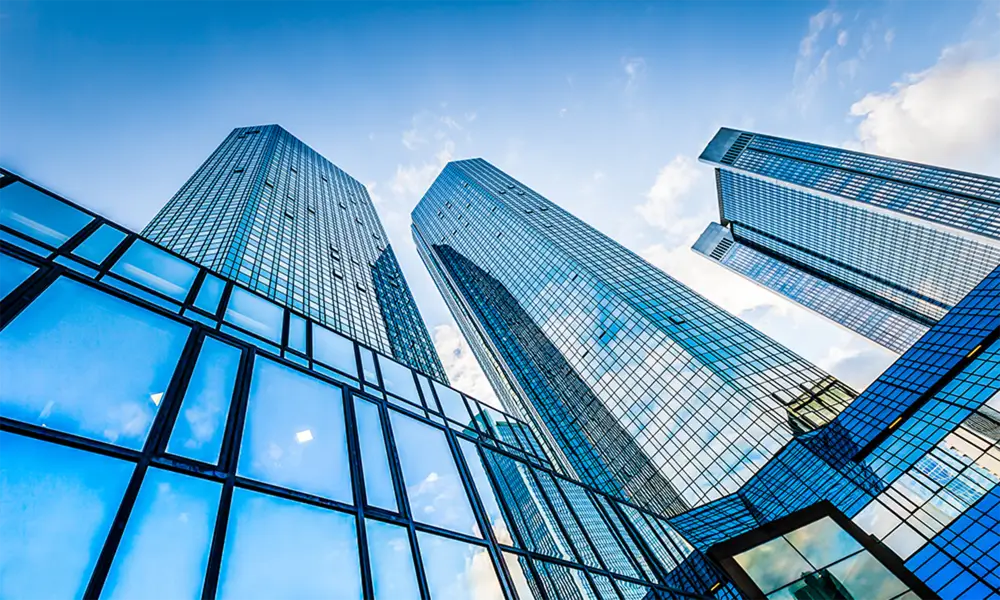

The Fascinating Journey of Glass From Clear to Frosted
In the world of materials, few elements possess the versatility and aesthetic appeal of glass. Among the myriad forms and treatments that glass can undergo, one of the most enchanting transformations is the change from clear to frosted. This journey not only alters the visual appearance of glass but also enhances its functional properties, making it a favored choice in various applications—from architecture to art.
The Beauty of Clarity
Clear glass is often celebrated for its transparency, elegance, and ability to allow natural light to permeate spaces. It serves as a medium for viewing the world while creating seamless boundaries between indoors and outdoors. Its clarity can symbolize purity and openness, evoking feelings of spaciousness and brightness. In architectural design, large sheets of clear glass are used to create stunning facades and open spaces that invite sunlight and warmth.
However, with its beauty comes a level of fragility. Clear glass can appear stark in certain environments, lacking intimacy and warmth. Furthermore, it can expose interiors to unwanted attention, leading to the need for increased privacy. It is here that the transformation from clear to frosted glass reveals its true value.
The Frosted Revolution
Frosted glass, characterized by its soft, diffused appearance, has become increasingly popular in contemporary design. The process of frosting involves the treatment of glass in such a way that it scatters light rather than allowing it to pass through directly. This can be achieved through various methods, including sandblasting, acid etching, or applying a frosted film. Regardless of the technique, the result is a surface that transforms transparency into a diffuse glow, softening harsh lines and promoting a sense of tranquility.

The appeal of frosted glass extends beyond aesthetics; it also serves practical purposes. One of the primary advantages is privacy. Frosted glass allows light to filter through while obscuring views, making it an excellent choice for bathrooms, conference rooms, and any space where discretion is desired. This ability to maintain privacy while still inviting natural light creates a harmonious balance, making environments feel secure yet open.
Creative Applications
Frosted glass has found its way into a variety of applications across different fields. In architecture, it is often used in windows, doors, and partitions to create a sense of openness without compromising on privacy. Designers frequently incorporate frosted glass in shower enclosures, which create elegant and serene spaces while preventing direct visibility. Similarly, it is used in offices to provide separation between spaces while maintaining a sense of connectivity through softened light.
Beyond functional applications, frosted glass has also established itself as a canvas for artistic expression. Artists and designers explore the interplay of light and form through the creation of unique installations that accentuate the ethereal quality of frosted surfaces. Sculptures, light fixtures, and decorative panels can all utilize frosted glass to create visually striking pieces that engage the senses, transforming spaces into immersive experiences.
Conclusion
The journey from clear to frosted glass is more than just a change in appearance; it represents a shift towards embracing the balance between clarity and intimacy, openness and privacy. As technology and design continue to evolve, the uses and creative expressions of frosted glass will likely expand even further, showcasing its ability to enhance both functional and aesthetic elements of our environments. Whether in a residential setting or a public space, the transition from clear to frosted embodies a modern sensibility that harmonizes beauty with practicality. As we continue to explore and innovate with this remarkable material, the potential of glass remains as limitless as our imagination.